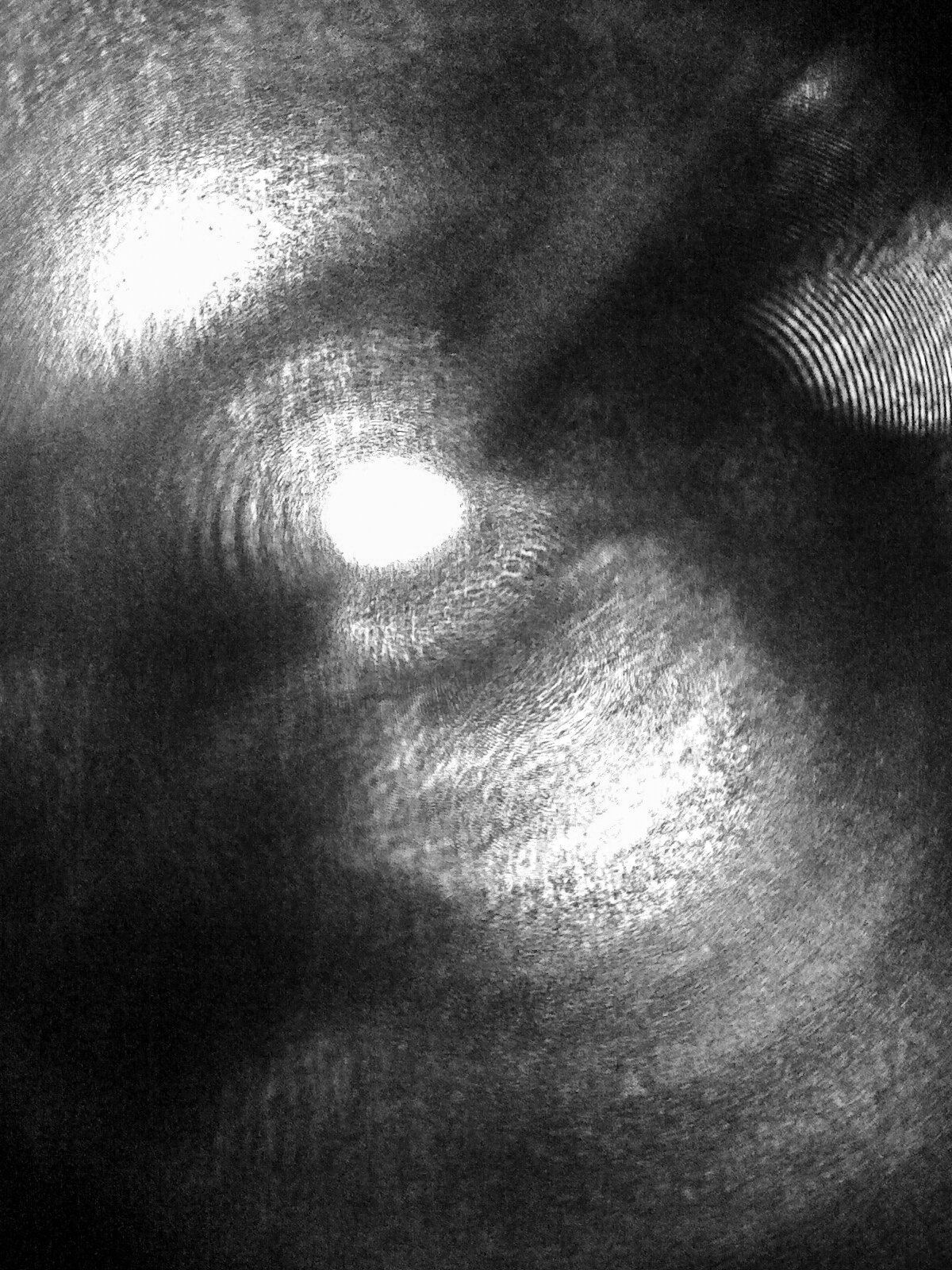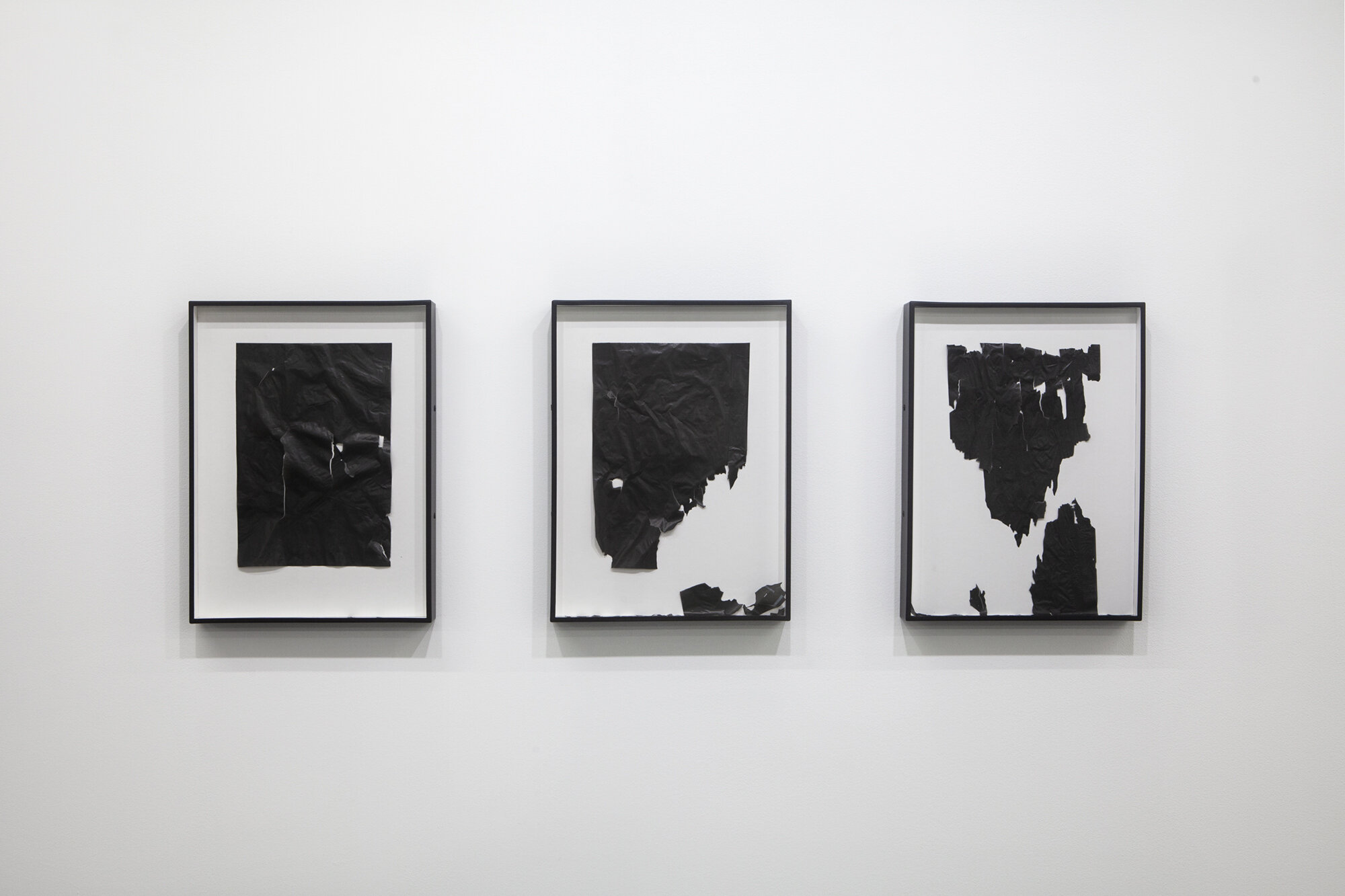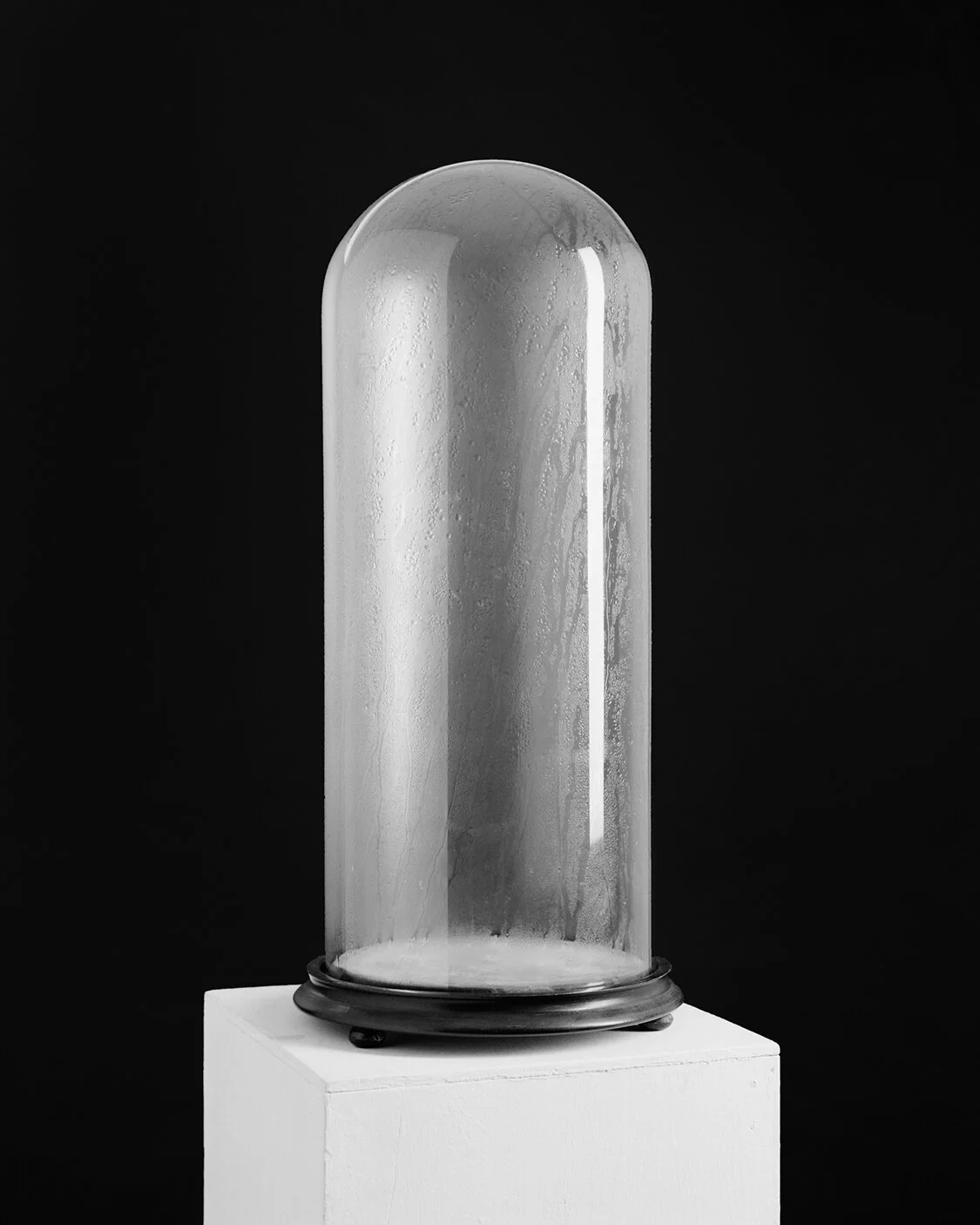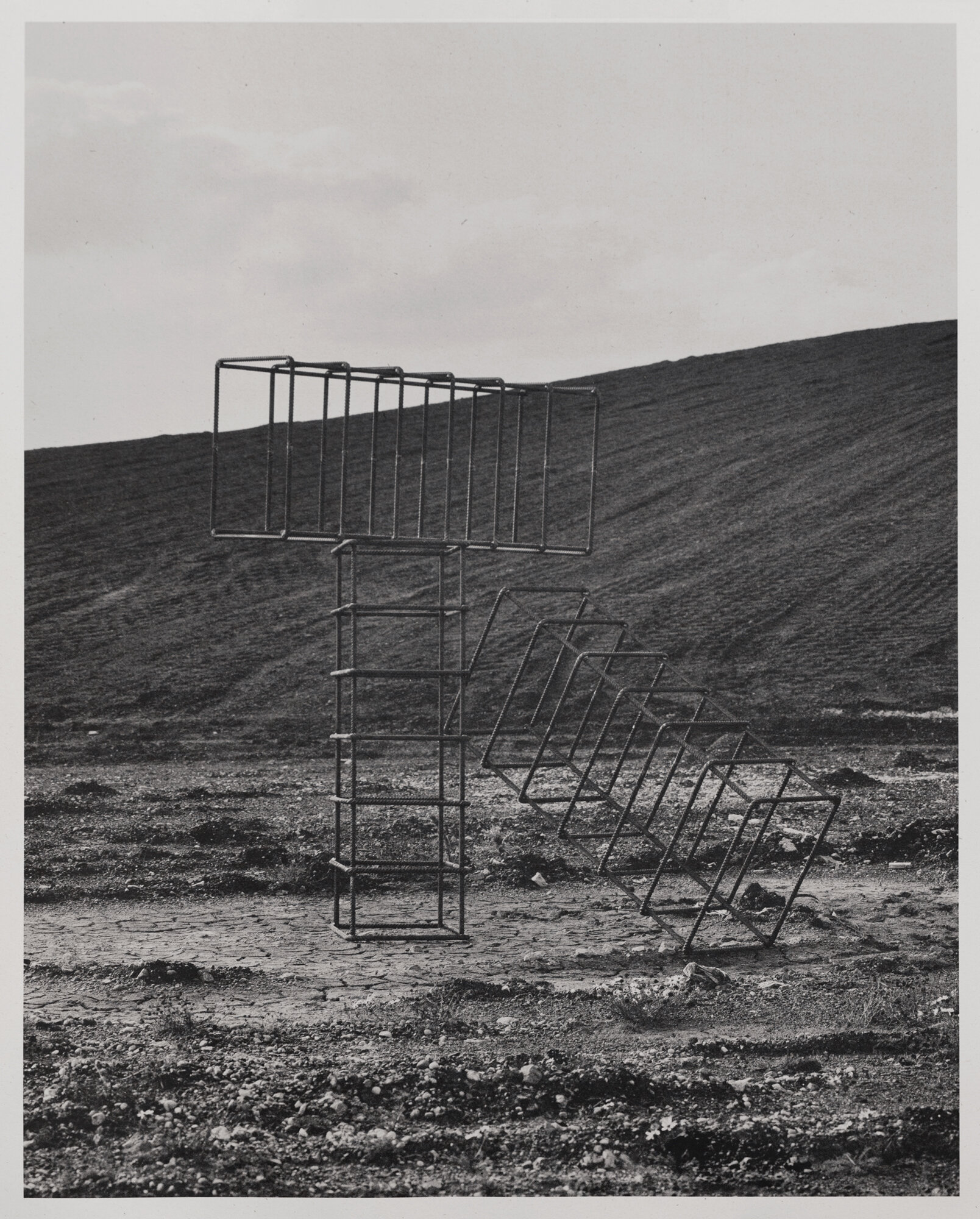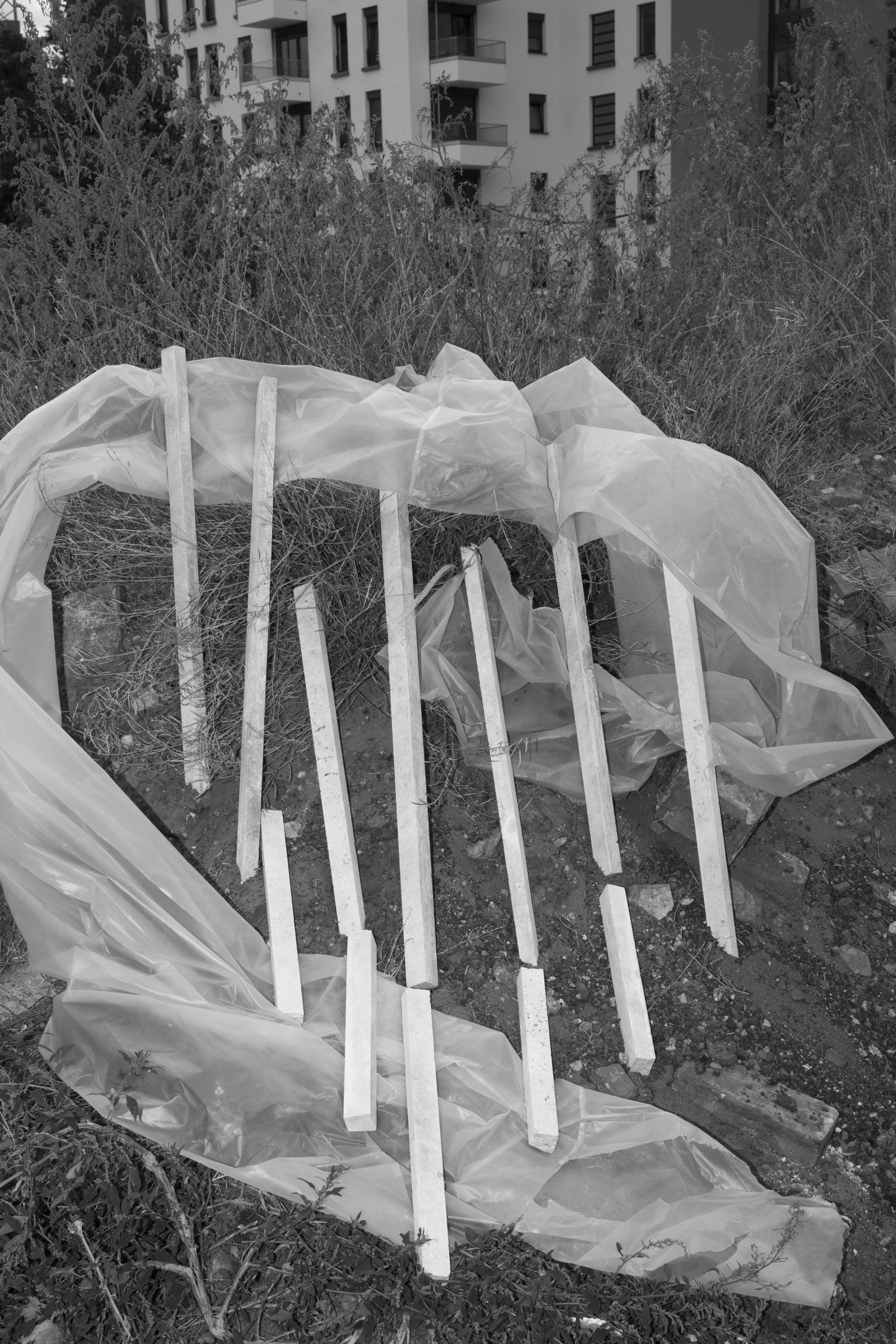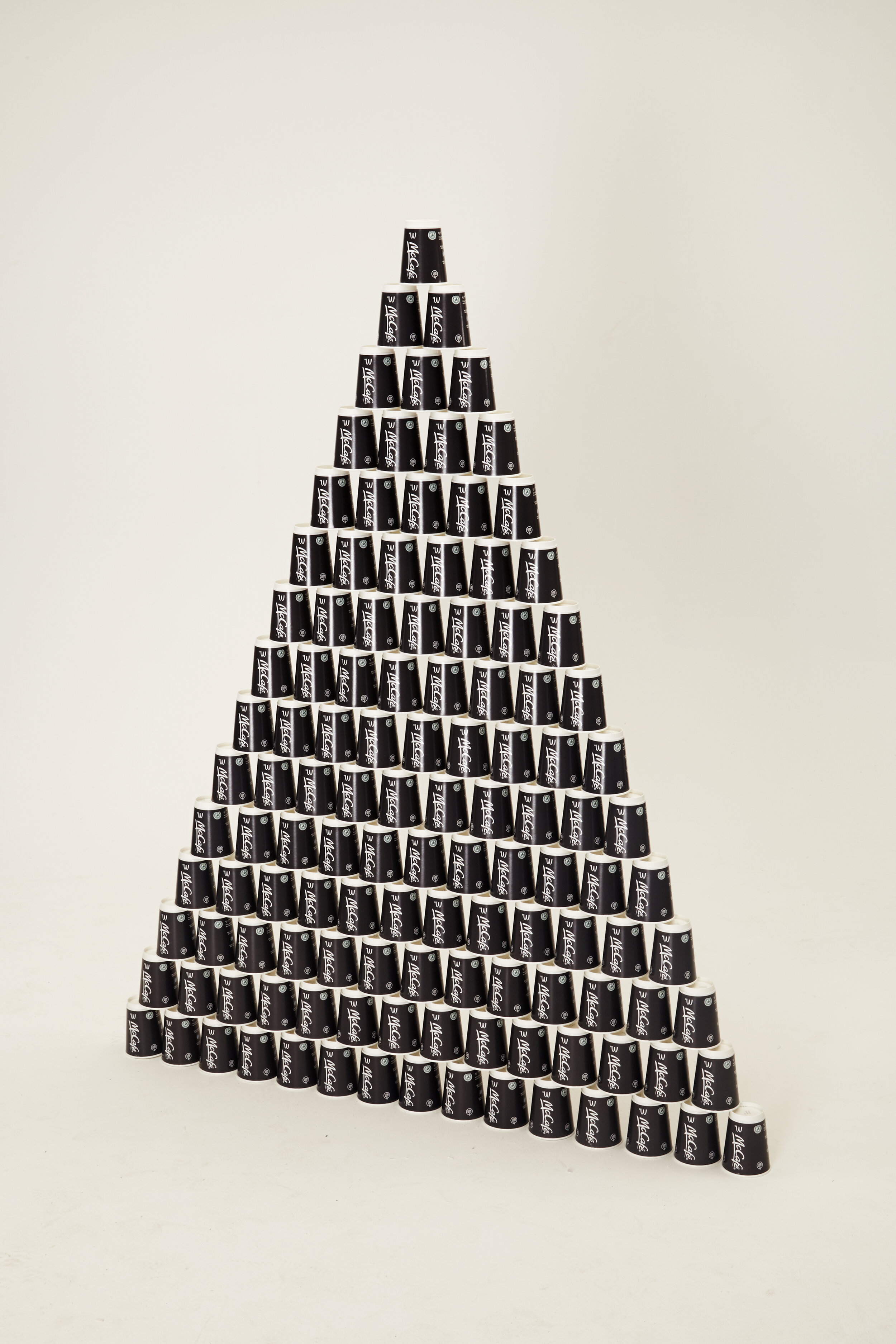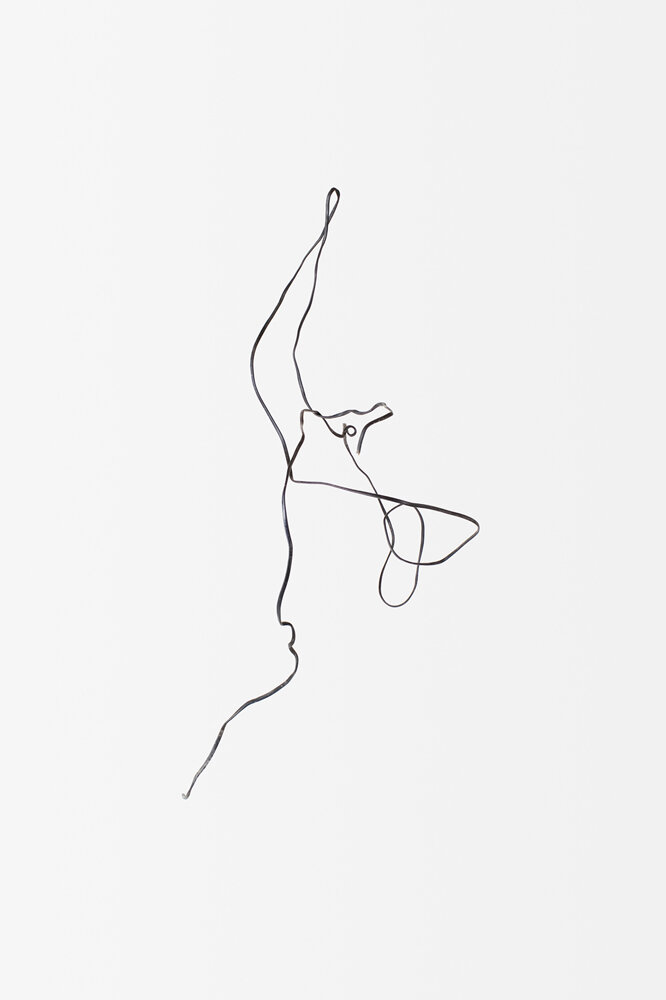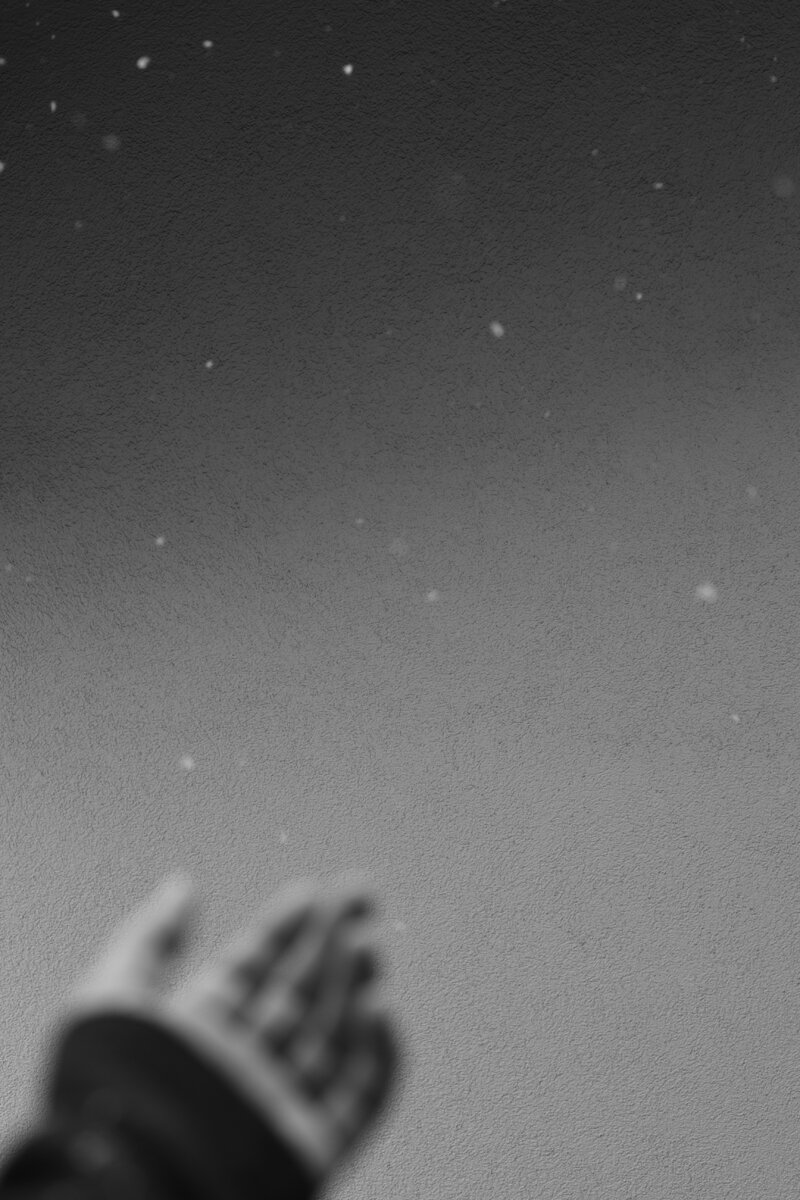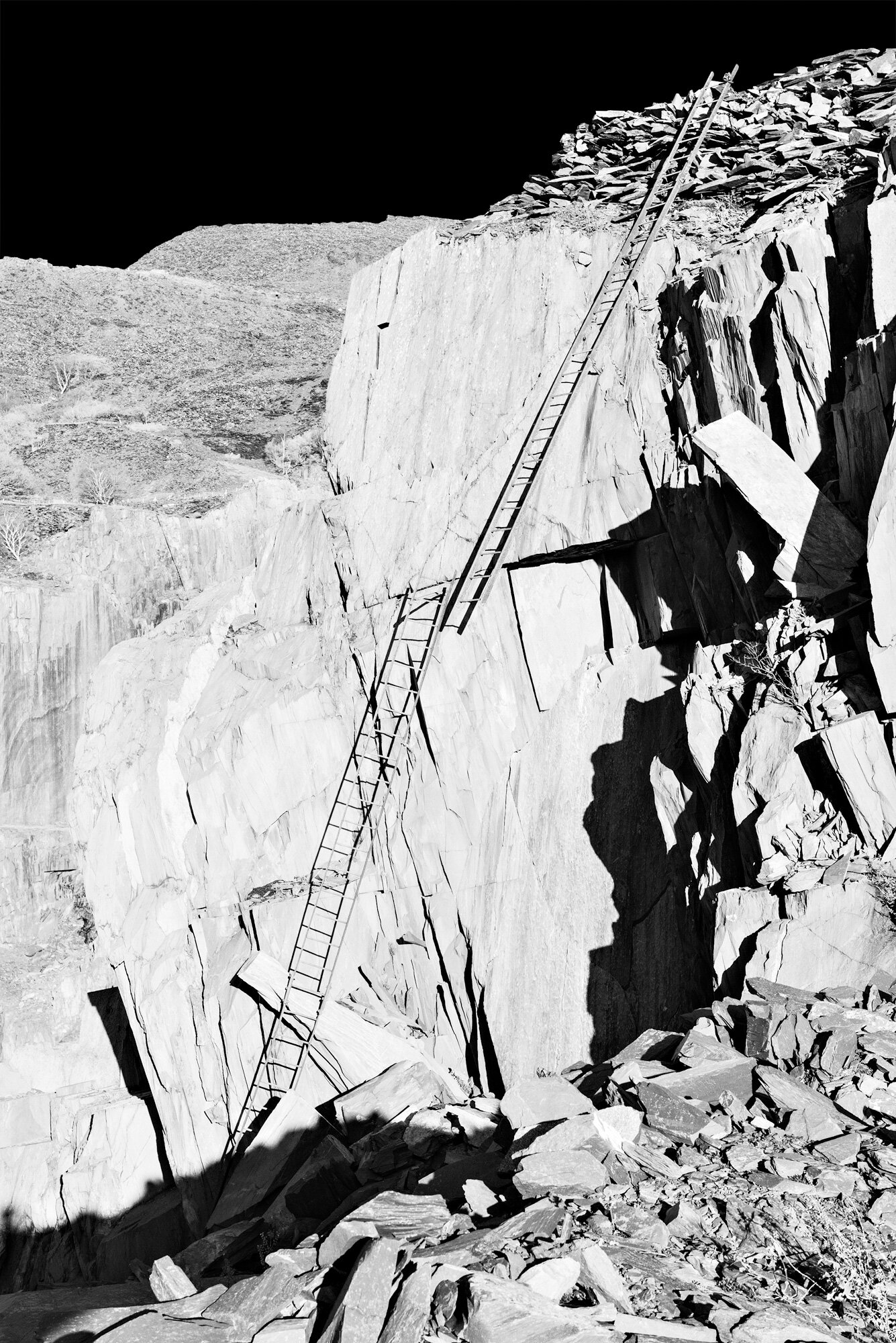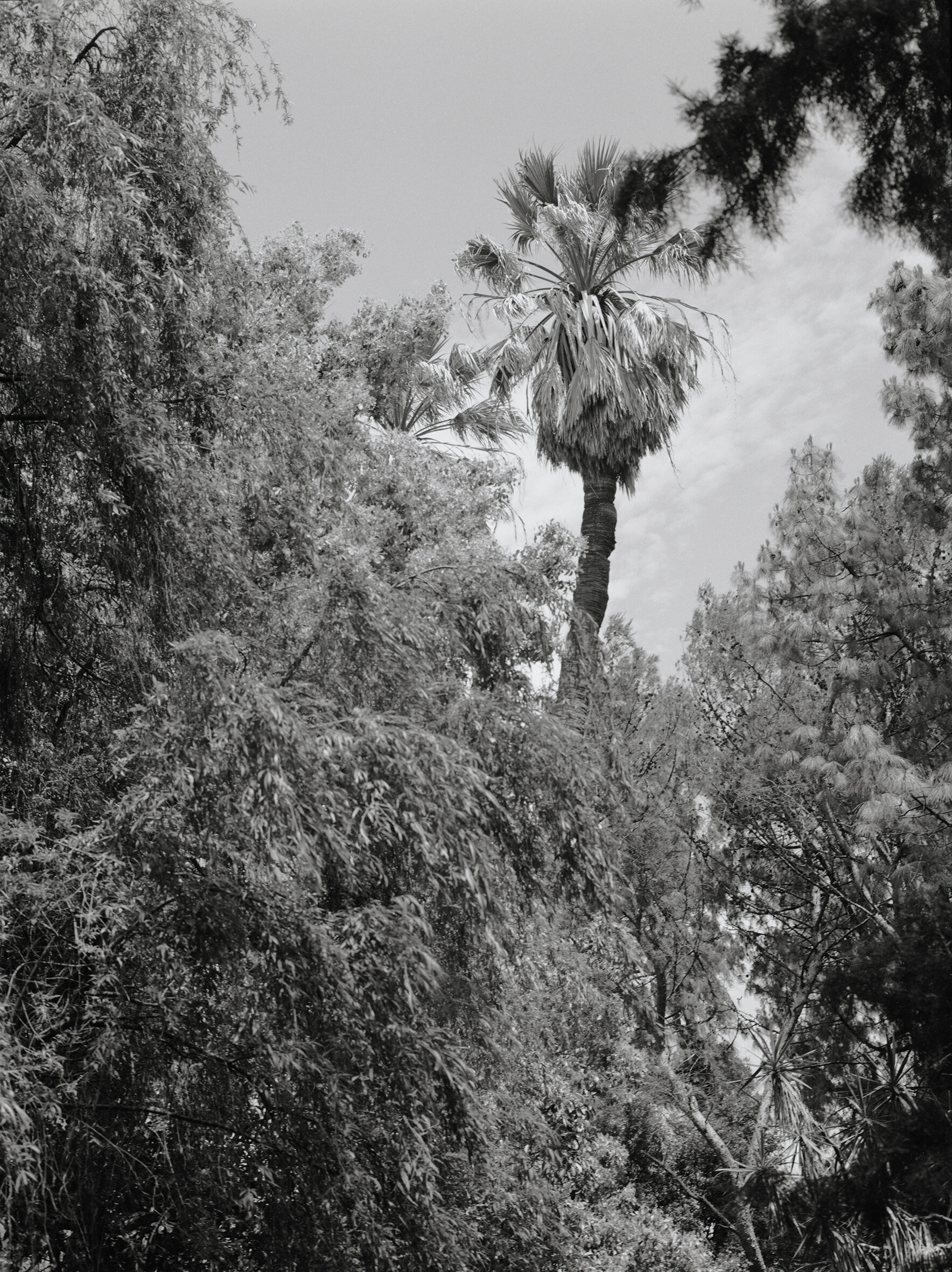Carson Lynn #21
COLLECTIVE 21
CARSON LYNN
Collective focus on the artistic process of one emerging artist; we learn about their sculptural practice and how it relates to construction, deconstruction, or both. Questions by Joanna Cresswell.
Tell us about your process. What reference or influence do you take from other mediums? What are the important elements of what you do? My primary source of inspiration is from video games and interactive digital spaces. I often photograph objects and textures like they exist within virtual space: not as three-dimensional solid objects, but two-dimensional surfaces warped in three- dimensional space. Video games also led to my interest in landscape, which I tend to photograph as if they are backdrops in a game rather than physical spaces.
Are these pictures concerned with exploring formal and aesthetic interests, or are they representational, metaphorical? What is the weight that holds these pictures together? Form is often my foremost concern when taking photographs. It’s how I see the world: as lines and shapes. This goes back to my interest in video games. Those virtual worlds are made up of simple geometry that’s pieced together, and that’s how I interpret what I see.
Are you a photographer or an artist using photography? I’m a photographer, but I define photography very differently than most other individuals. To me, the photograph starts as a recording of light. It doesn’t matter if the final outcome is made of pixels or grains or pure data. For example, I utilized a Microsoft Kinect to create an infrared photograph of a cave wall, from which I generated a three-dimensional model and then printed using a 3D printer. Though the end result is a sculpture, I consider it to also be a photograph.
Does your work reflect on the medium of photography or the photographic image? If so, is that intentional? The general public believes that photographs signify proof of existence and my work is in opposition of this. I constantly get asked the same things: “What is it?” “Where did you take this?” These questions don’t further the conversation about the work yet they are inevitable realities of the culture of photography. My work is an attempt to sidestep these obstacles, but I am unsure if I am truly successful. I want the audience of my work to question every photograph they look at, but it is difficult to unlearn instant belief.
Typically, are your works more about construction or deconstruction? I use every tool at my disposal to deconstruct and destroy. Glitches are one of my favorite methods of destruction. I always try to manipulate video games in odd ways, and that ends up seeping into my photography practice. Even in college, I was taught “the rules of photography” and I created my best work when I purposefully ignored them.
Are you interested in the notion of your pictures as objects? Do you think about how their physicality may endure as you are photographing them or is that an afterthought? One of my earliest inspirations was album artwork, and I have always been fascinated with being able to hold the artwork in my hand as I was listening to the music. Something about the interaction with it makes it so much more personal and impactful. I want to give others that same feeling with my work, and that’s impossible with a framed print on a wall. That’s why I created a book alongside my most recent project: to enhance the physicality of the photographs.
Often sculptural photographic works are concerned with elevating banal objects, situations or events to a status of ‘art’ – when does something become art for you? Everything has the potential to be art, but the catalyst is when an individual presents it as art to their peers. Allowing a discussion to form around an object is crucial to its existence as a piece of art. An artist displays work with certain context, but without an audience to alter and add to the context, it can never truly be art.
www.carsonlynn.com
Published by Trine Stephensen, February 2016
